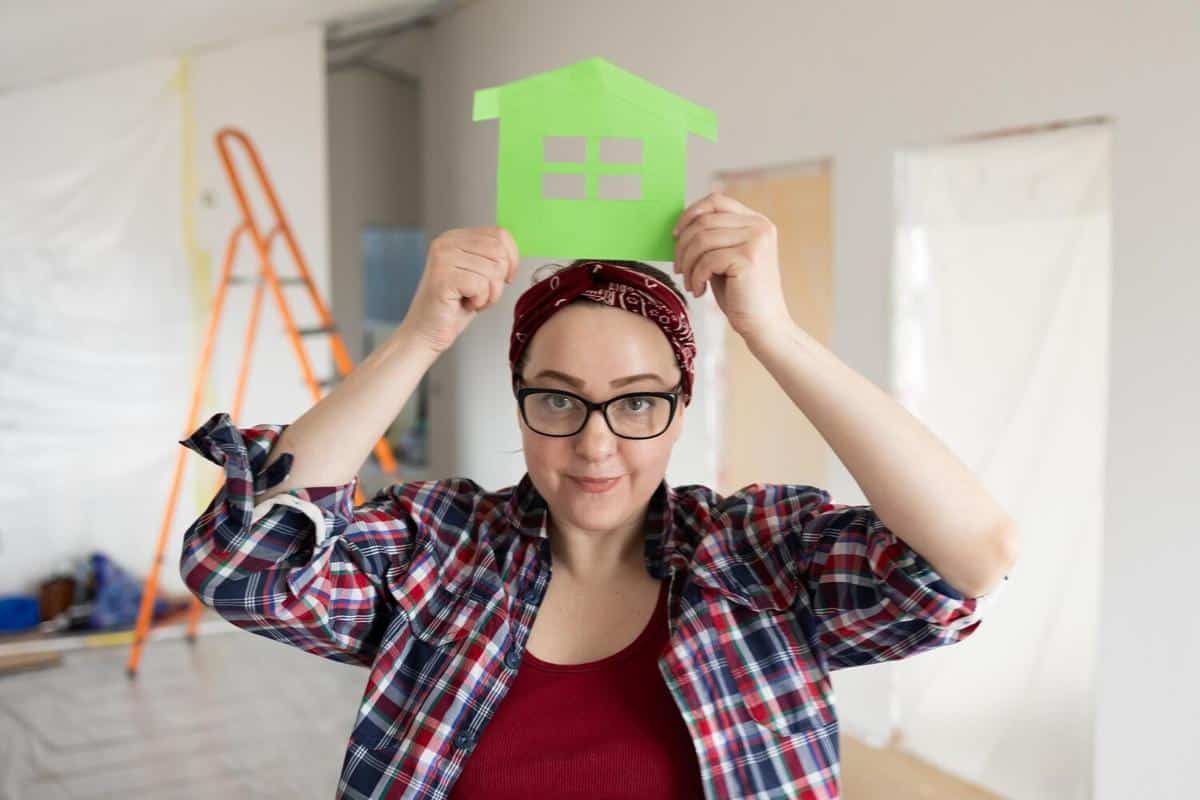
How to Make Your Home Energy Efficient with Simple Upgrades
Transforming your home into an energy-efficient haven doesn’t require drastic changes or a hefty budget. By making simple upgrades, you can significantly reduce energy consumption, lower utility bills, and contribute positively to the environment.
Optimizing your home for energy efficiency is not only beneficial for the environment but also for your wallet. Small changes can make a big difference in reducing energy usage and promoting sustainable living. Here’s how you can get started with some straightforward upgrades.
Understanding Energy Efficiency
Energy efficiency refers to using less energy to perform the same task, thus eliminating energy waste. According to the U.S. Department of Energy, improving energy efficiency in buildings can reduce energy consumption by 20-30%. That translates to significant savings over time.
Expert Insights
Environmental consultant Mark Robinson notes, “Investing in energy-efficient upgrades is one of the most effective ways to reduce your carbon footprint while saving money.” This statement underscores the dual benefit of energy-efficient home improvements.
Simple Upgrades to Implement
- Smart Thermostats: These devices adjust temperature settings automatically, optimizing energy use. A study by the Energy Savings Trust found that smart thermostats can save households up to 10% on heating costs.
- LED Lighting: Switching to LED bulbs can lower your energy consumption by up to 75% compared to traditional incandescent bulbs.
- Weatherproofing: Seal leaks around doors and windows with weather stripping or caulk to improve insulation and reduce heating and cooling costs.
- Energy-Efficient Appliances: Consider replacing old appliances with energy-efficient models that use less electricity and water.
- Insulation: Adequate insulation in walls, attics, and floors is crucial for maintaining indoor temperatures, reducing the need for heating and cooling.
Personal Anecdotes
After implementing these changes, I noticed a 15% reduction in my energy bills within the first month. The combination of LED lighting and a smart thermostat made a noticeable difference, proving that even small steps can lead to significant savings.
Actionable Tips
Start by conducting an energy audit to identify areas where you can improve efficiency. Replace old appliances gradually, focusing on the ones that consume the most energy first. Use power strips to easily turn off electronics when not in use, preventing phantom energy loss.
Consider scheduling routine maintenance for your HVAC system. Regular servicing can enhance efficiency and prolong the lifespan of your equipment.
Comparison Table: Energy Savings
| Upgrade | Potential Savings |
|---|---|
| Smart Thermostat | Up to 10% |
| LED Lighting | Up to 75% |
| Weatherproofing | 5-15% |
| Energy-Efficient Appliances | 10-50% |
| Insulation | 15-20% |
| Power Strips | 5-10% |
| HVAC Maintenance | 5-15% |
| Window Treatments | 10-25% |
FAQs on Energy Efficiency
How much can I save by switching to energy-efficient appliances?
On average, you can save between 10-50% on energy costs depending on the appliance and its efficiency rating.
Is it expensive to make my home energy-efficient?
While some upgrades require initial investment, many, like LED lighting and weatherproofing, are affordable and offer quick returns through energy savings.
Do these upgrades require professional installation?
Many upgrades, such as installing LED bulbs or using power strips, can be done by homeowners. However, for tasks like insulation, professional installation may be beneficial.
Conclusion
By implementing these simple upgrades, you can create a more energy-efficient home, enjoy lower utility bills, and contribute to a healthier planet. Start small, and gradually incorporate more changes for a sustainable and cost-effective living environment. Embrace the journey towards energy efficiency and reap the benefits of a greener home.